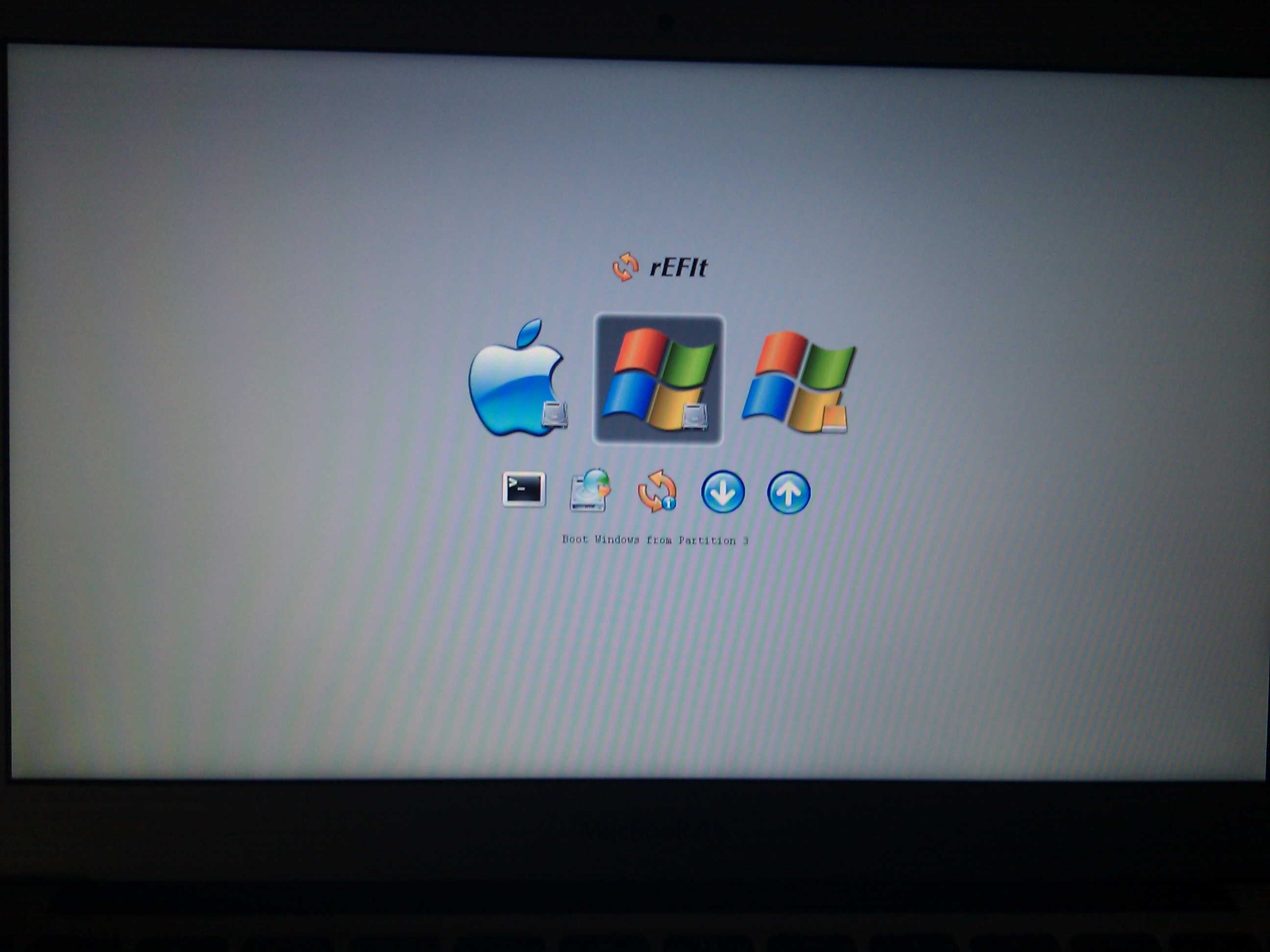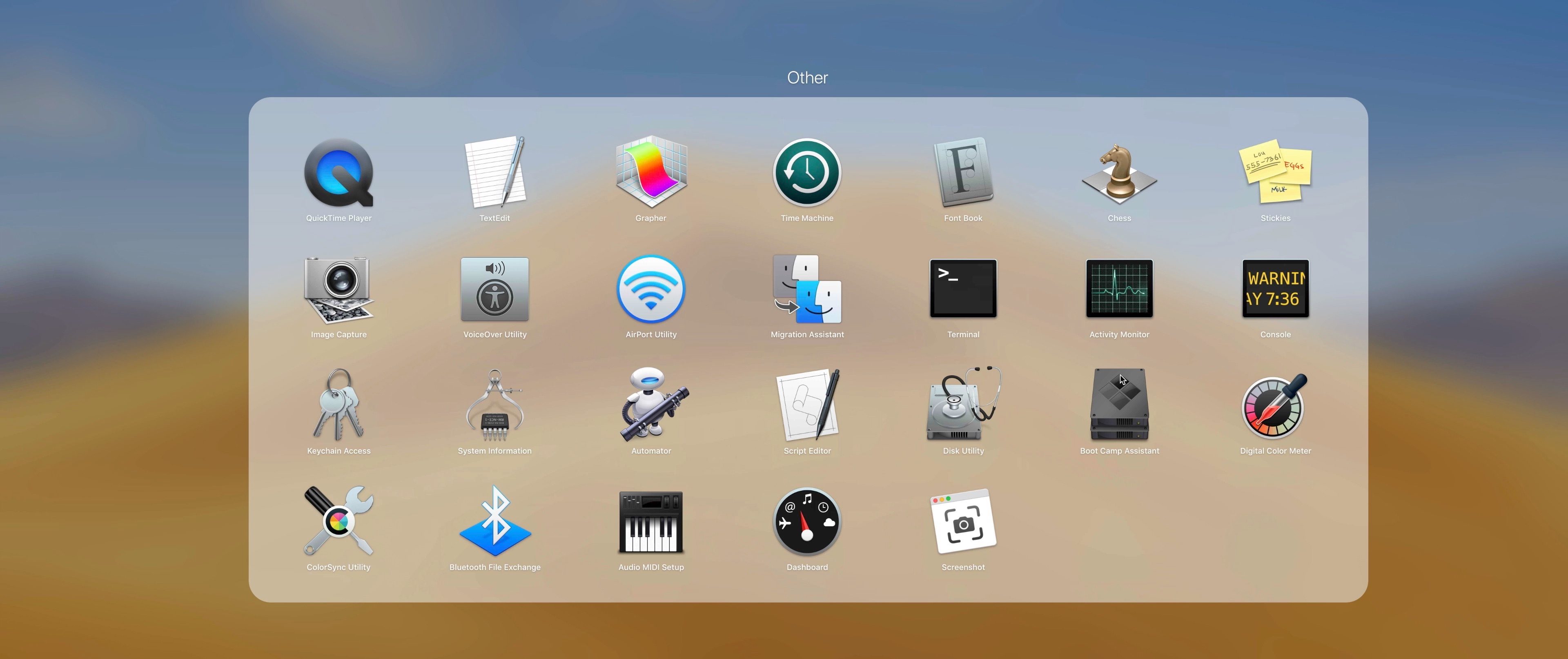

It is very handy to have a bootable version of the latest OSX on a thumb drive lying around So I suggest option three Method 3 gives you a thumb drive that you can use multiple times to install OSX, and you can even boot off it in an emergency if your hard drive crashes. Method 1 is Apple’s suggestion method, but if you have more than one computer it requires you to download the OS X update more than once.
 Make a USB thumb drive installer that you can plug into your computer to upgrade it.
Make a USB thumb drive installer that you can plug into your computer to upgrade it.  Take your computer into the nearest Apple Store and they will do the upgrade for you. Download the Installer from Apple directly to the computer that you want to install the new OS X onto. This means if you have any version of OS X newer than 10.9 then you can upgrade it to the latest version for free. It should have files and folders but especially a setup.exe and an autorun.inf file.Since OS-X Mavericks (10.9) Apple have been releasing their OS X upgrades for free. Now, re-plug the USB drive and check its contents. Once it's complete, it will output records in/out and bytes transferred. Be patient! (You can press Ctrl+T to see the bytes transferred so far.) The process will start but there will be no output for a while. Just drag/drop it on terminal after if= and it will print the full path. /path/to/win-iso-file is the full path of the ISO image. Sudo dd if=/path/to/win-iso-file of=/dev/disk2 bs=1m It should print something like this: Unmount of all volumes on disk2 was successful. Then type command: diskutil unmountDisk /dev/disk2. Open Terminal and run command: diskutil listįrom the output, find out the name of the USB drive. (This is the one used for Windows partitions.) Select Master Boot Record for the Scheme. (If your drive is above 32GB, you might need to select ExFAT instead.) CAUTION: Make sure you select the correct drive! Then click erase.
Take your computer into the nearest Apple Store and they will do the upgrade for you. Download the Installer from Apple directly to the computer that you want to install the new OS X onto. This means if you have any version of OS X newer than 10.9 then you can upgrade it to the latest version for free. It should have files and folders but especially a setup.exe and an autorun.inf file.Since OS-X Mavericks (10.9) Apple have been releasing their OS X upgrades for free. Now, re-plug the USB drive and check its contents. Once it's complete, it will output records in/out and bytes transferred. Be patient! (You can press Ctrl+T to see the bytes transferred so far.) The process will start but there will be no output for a while. Just drag/drop it on terminal after if= and it will print the full path. /path/to/win-iso-file is the full path of the ISO image. Sudo dd if=/path/to/win-iso-file of=/dev/disk2 bs=1m It should print something like this: Unmount of all volumes on disk2 was successful. Then type command: diskutil unmountDisk /dev/disk2. Open Terminal and run command: diskutil listįrom the output, find out the name of the USB drive. (This is the one used for Windows partitions.) Select Master Boot Record for the Scheme. (If your drive is above 32GB, you might need to select ExFAT instead.) CAUTION: Make sure you select the correct drive! Then click erase. 
Plug it in and format/erase it using Disk Utility (under Applications/Utilities).Your USB flash drive should have at least 8GB.This is how you do it - without BootCamp:








 0 kommentar(er)
0 kommentar(er)
